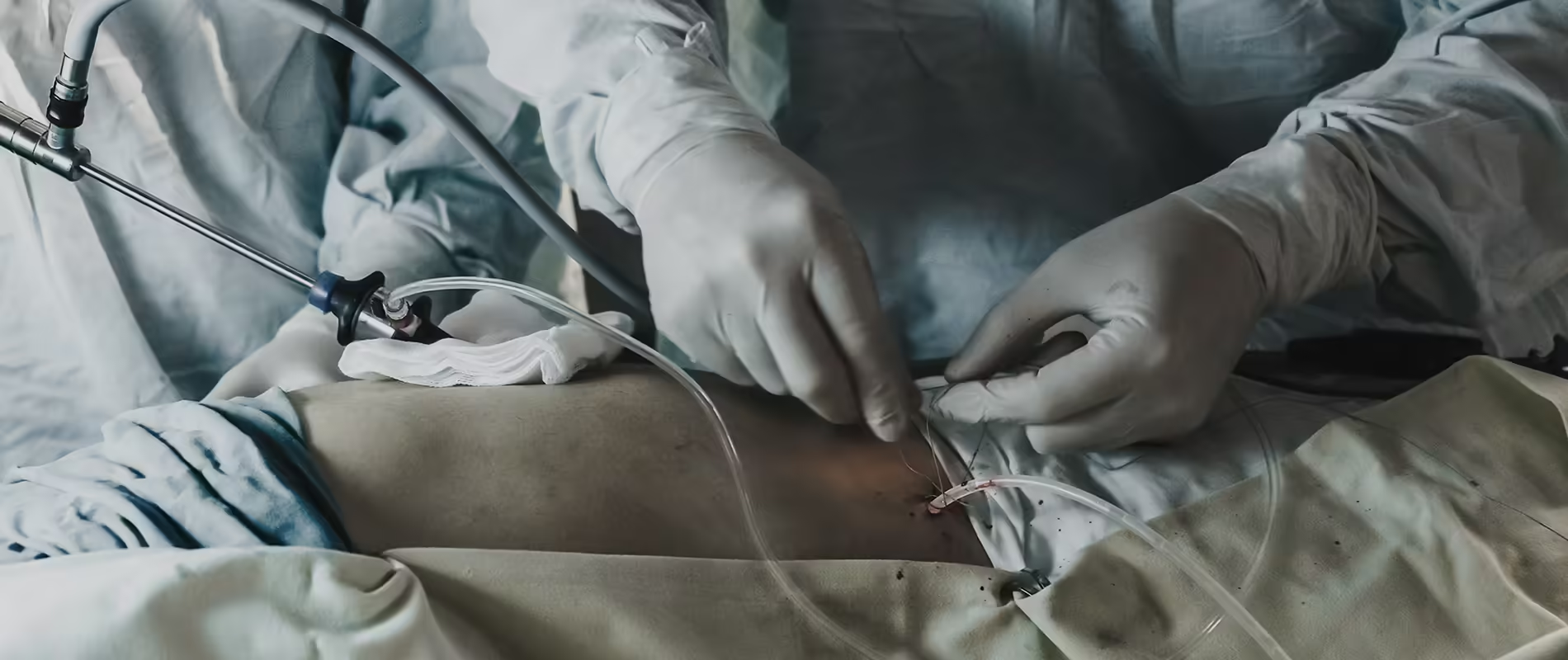
A caesarean section is a surgical procedure to deliver a baby through a cut in the mother’s abdomen (tummy) and uterus (womb).
Why might I need a caesarean?
The most common reasons for needing a caesarean are:
👉 Your baby is in the breech position (bottom first) and your doctor doesn’t recommend a vaginal breech birth
👉 Your baby is transverse (lying sideways) and can’t be turned by the doctor
👉 You have twins and the first one is in the breech position
👉 Your placenta is partly or completely covering the cervix (opening to the womb)
👉 You have had a previous caesarean.
🔸 A caesarean might be planned if you develop pregnancy complications.
🔸 But sometimes the need for a caesarean does not become clear until labour is underway. In an emergency, the baby may need to be delivered very quickly.
What happens during the operation?
👉 Firstly, you will usually receive a regional anaesthetic, such as an epidural, which numbs the lower part of your body.
👉 This means you will get to be awake throughout the operation. Sometimes emergency caesareans must be done under general anaesthetic, which means you won’t be conscious during the birth.
👉 Your tummy will be cleaned and a tube, known as a catheter, will be inserted into your bladder to collect urine.
👉 You will have intravenous (IV) lines inserted into your arm to deliver fluid and medicines.
👉 The obstetrician will cut through the wall of your tummy, usually low and across near the pubic hairline.
👉 If your baby needs to be delivered very quickly, the cut may be made vertically from just below the belly button to above the pubic bone.
👉 The doctor will then cut through the layers of fatty tissue and muscle, and finally cut through the uterus.
👉 The baby is delivered through the cuts. The doctor will clear the baby’s nose and mouth of fluids and clamp the umbilical cord. If you are awake they will hold your baby up so that you can see.
👉 They will then remove the placenta and close the cuts with stitches.
If you are awake, you will feel tugging and pulling but not pain, and you will also hear fluid being suctioned.
👉 A screen will be put across your chest so you cannot see what is happening.
👉 The operation takes about 30 to 40 minutes, with the baby usually born in the first 10 minutes.
👉 If you are awake, you will be able to see your baby immediately.
Pain relief options
🔸 The types of anaesthetic used in caesareans differ.
❗ Your doctor will choose the most appropriate for you.
Epidural
🔸 When you get an epidural, you receive a local anaesthetic then a hollow needle and a small, flexible catheter are inserted near the spinal cord in your back. The needle is removed, leaving the catheter in place.
🔸 Anaesthetic medicine is injected through the catheter and can be topped up later.
Spinal block
🔸Similar to an epidural, a spinal block injects a single dose of anaesthetic directly into the cerebrospinal fluid around the spinal cord.
🔸You will go numb very quickly, but the amount of anaesthetic cannot be topped up.
General anaesthetic
🔸You might be given a general anaesthetic if the regional anaesthetic doesn’t work, there isn’t time for a regional anaesthetic, the baby’s life is threatened, or you request a general anaesthetic.
Risks and complications
❗ Caesareans are safe. But it is major surgery and, like all surgery, there are risks to you, which include:
👉 Blood loss
👉 Blood clots
👉 Infection in the wound
👉 Problems with the anaesthetic
🔸 Possible damage to other organs nearby, such as the bladder.






